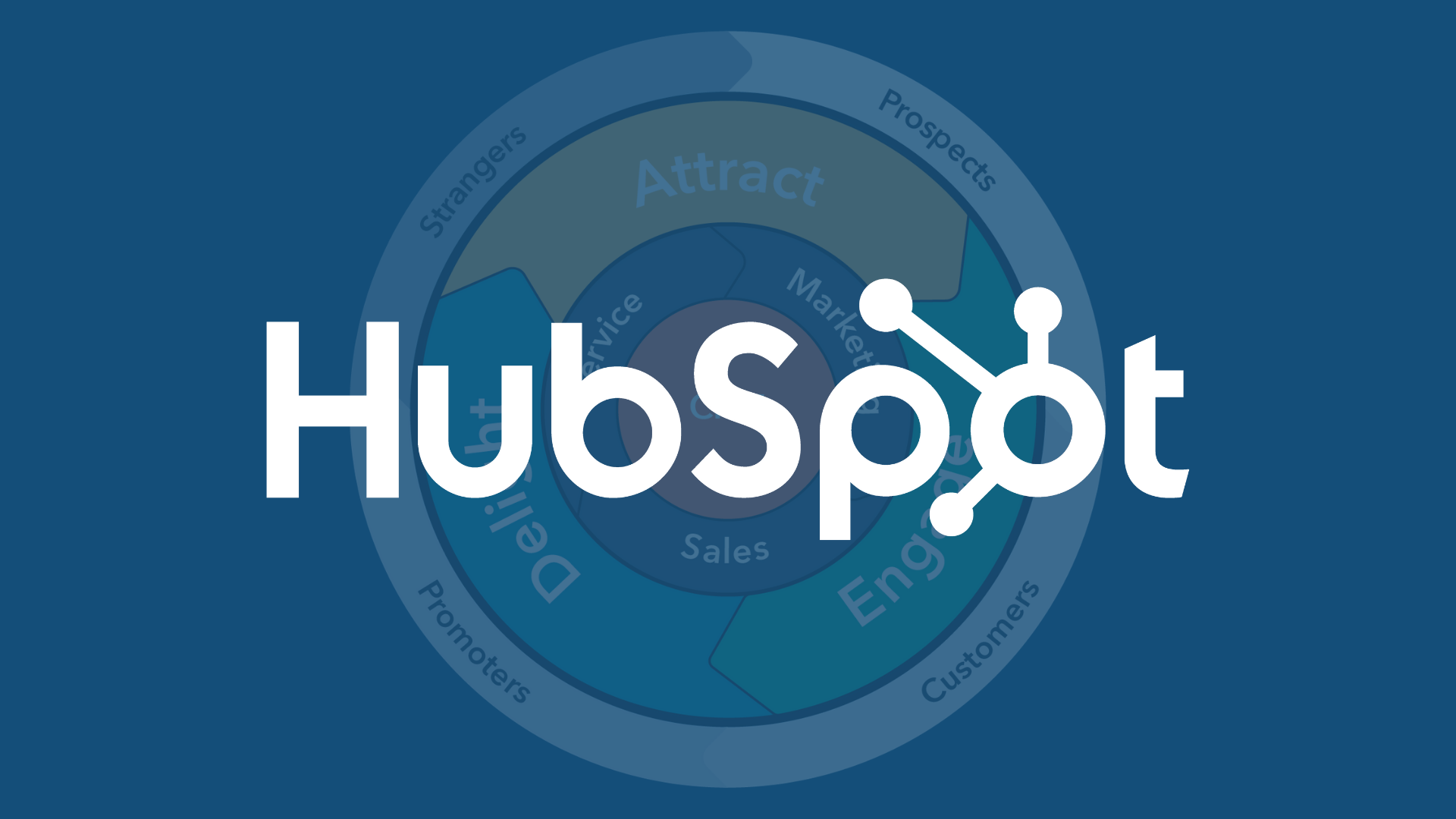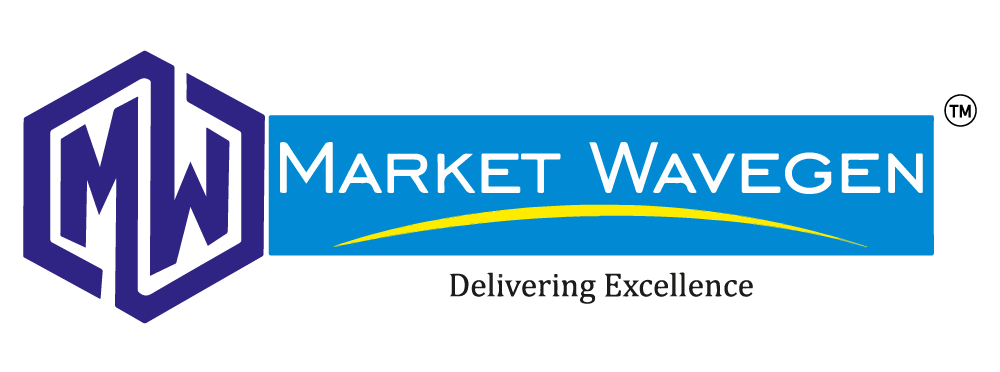When it comes to sales and marketing, taking a shotgun approach rarely yields the best results. Instead, it’s important to understand your Ideal Customer Profile (ICP) and their needs before you even think about approaching them. This understanding will not … Read More
Technology

The Complete SEO Checklist for SaaS Companies
As a SaaS (Software as a Service) company, having a strong online presence is crucial for success in today’s digital age. Search Engine Optimization (SEO) is a critical component of any SaaS company’s marketing strategy. By optimizing your website and … Read More

Market Wavegen’s Interactive Database: Unlocking the Power of Real-Time Insights
Are you tired of struggling with lead generation? Are you finding it difficult to attract the right audience and generate high-quality leads? If so, Market Wavegen’s Interactive Database may be just what you need to take your lead generation efforts … Read More

5 Different Ways Showcasing Chiefs Can Further Develop Group Productivity
Advertisers today enjoy benefits that their ancestors could never have imagined conceivable. Take ongoing effort following and observing, for example. Advertising groups can see what’s going on live, empowering them to make moment changes. However, promoting representatives can’t make the … Read More

The Cookieless Future: What It Means for Lead Generation and Data Privacy
Cookies have long been a source of controversy in the digital world, with concerns around data privacy prompting web browsers to phase out their use. As we move towards a cookieless future, businesses that rely on cookies for lead generation … Read More

6 Content Marketing Illustrations from Exemplary 90s Sitcoms
The ’90s. The last ten years before everybody started to have a phone close by. A period not long before innovation truly dominated. Life was somewhat increasingly slow (would contend less unpleasant) without virtual entertainment feeds to look over each … Read More

HubSpot CRM acquaints artificial intelligence-controlled devices with help efficiency
HubSpot, the client relationship the board (CRM) stage for scaling organizations, today reported the send-off of two new instruments fueled by computerized reasoning (artificial intelligence) – a content colleague and ChatSpot.ai – to assist its clients to save time while … Read More

The Top B2B Content Advertising Procedure Thoughts to Think about Utilizing Today
Do you feel like your B2B content promoting system has become flat and your techniques don’t appear to be coming by the outcomes they used to? In the high-speed universe of computerized advertising, it’s fundamental to keep awake to date … Read More

The Role of Data Privacy in AI-Driven Lead Generation Strategies
Artificial intelligence (AI) has revolutionized the way businesses generate leads, providing a more efficient and effective means of identifying potential customers. However, with the vast amounts of data involved in AI-driven lead generation, there are increasing concerns around data privacy. … Read More

The European nations most dependent via virtual entertainment uncovered
New exploration has uncovered the European nations most dependent via virtual entertainment, with Cyprus beating the competition. The review, led by gaming site AskGamblers, investigated the most recent accessible use information for Facebook, Instagram and Courier to see which nations … Read More

